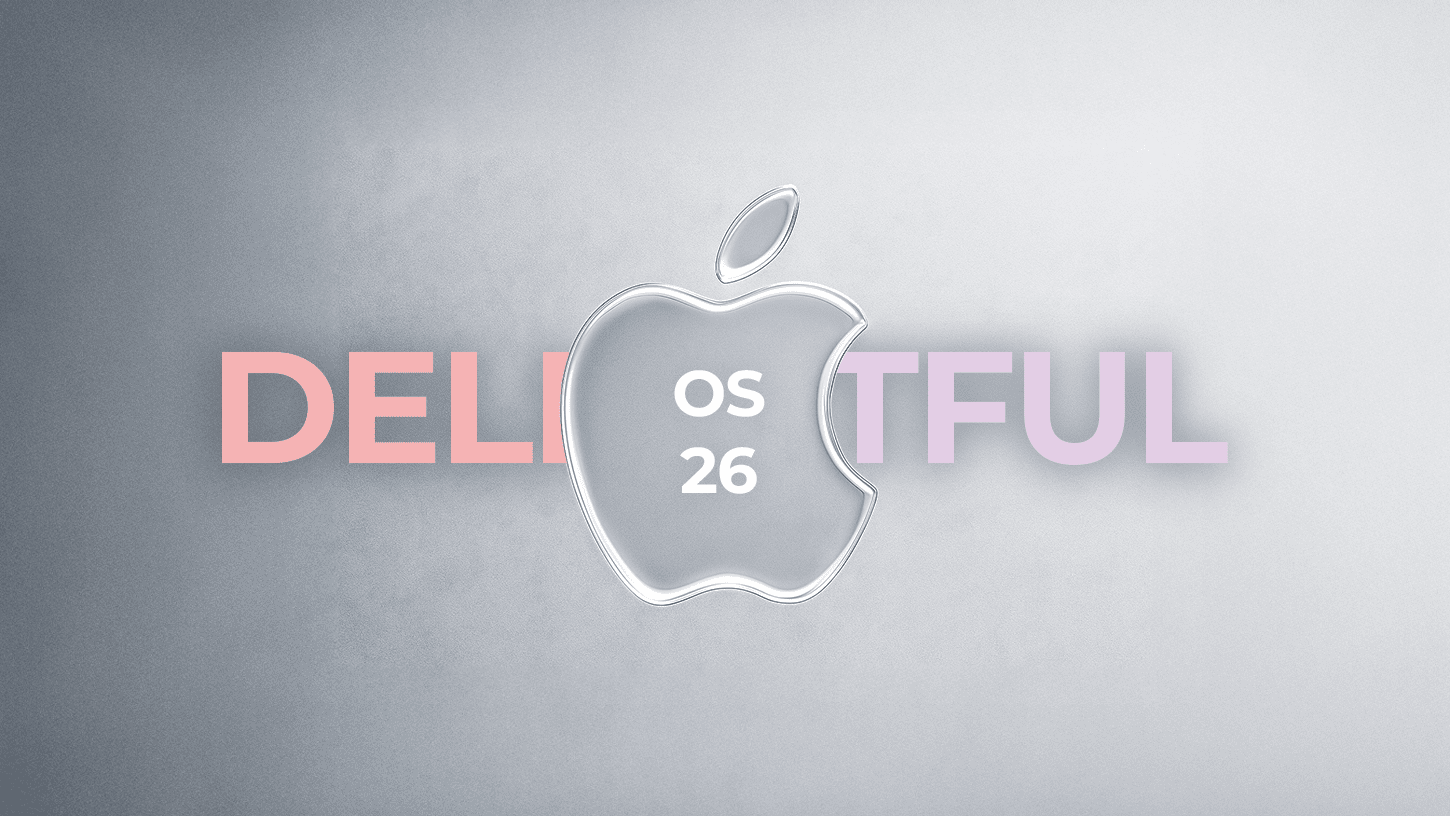Canva Takes on Adobe and Microsoft with Its AI-Powered Creative Operating System

Australian design giant Canva announced its most ambitious product release yet: the Creative Operating System (COS), a unified, AI-powered platform designed to reshape how individuals and enterprises create, collaborate, and market visually.
While Canva began as a simple drag-and-drop tool for non-designers, the launch of its AI-driven Creative OS positions the company directly against creative and productivity giants Adobe and Microsoft, marking its evolution into a full-stack marketing and design ecosystem.
A Design Model That Understands Design
At the heart of this transformation lies the Canva Design Model, which the company calls the world’s first AI trained to understand the structure of design itself. Unlike standard image diffusion models that generate static visuals, Canva’s model produces editable designs, complete with layers, objects, and elements that users can manipulate freely.
Trained on Canva’s extensive library of templates and design assets, the model comprehends visual hierarchy, layout logic, and brand identity. Users can prompt an idea, then refine, resize, or rework the results without losing control of composition.
As Robert Kawalsky, Canva’s Global Head of Product, noted: “Users no longer want to just prompt their way to a final result; they want to start with AI and then iterate directly themselves. This model allows that.”
This foundation powers the next generation of Canva’s Visual Suite, enabling editable designs for everything from social posts and presentations to websites and marketing collateral.
AI Deeply Embedded in Every Workflow
The COS seamlessly integrates artificial intelligence throughout Canva’s ecosystem, transforming the entire creative workflow into a conversation between humans and AI.
- Canva AI Assistant: Now available platform-wide, the chat-based assistant lets users request design help, generate copy, or find elements directly inside projects.
- Ask @Canva: Users can tag @Canva in comments to receive contextual design suggestions, from tone-matching fonts to color palettes aligned with brand identity.
- AI-Powered Elements & 3D Generation: Need a missing photo, icon, or shape? Canva can now instantly generate fully editable assets, including 3D visuals, to fit the design.
- Style Match & Magic Background: These new features ensure brand consistency by adapting backgrounds, colors, and structure across an entire project with one click.
Rather than treating AI as a separate add-on, Canva has embedded it as the creative backbone at every step of the workflow, from concept to publication.
From Design Platform to Marketing Powerhouse
Canva’s ambitions now stretch far beyond design. With its Creative Operating System, the company is building an end-to-end marketing environment that rivals Google Workspace and Microsoft 365 in productivity and collaboration tools.
Key enterprise-level features include:
- Canva Grow: An integrated marketing suite that uses AI to generate campaigns, track performance, and automatically optimize ads. By scanning a company’s website, Canva Grow learns tone, color, and messaging to produce on-brand campaigns and can publish directly to Meta platforms.
- Canva Forms & Sheets: Mirroring the utility of Google Forms and Sheets, users can collect data through custom forms and instantly visualize results in integrated spreadsheets.
- Email Design Studio: A brand-new tool that enables marketing and transactional email design with AI-assisted templates, removing the need for coding entirely.
The COS positions Canva as a marketing operating system, a space where teams ideate, execute, analyze, and optimize campaigns, all without leaving the Canva environment.
Affinity Goes Free: Canva’s Challenge to Adobe
In a bold move targeting professional designers, Canva also announced that Affinity, its acquired design suite, is now completely free, forever.
The company has integrated Affinity into the broader Canva ecosystem, merging vector, pixel, and layout tools into one seamless workflow. Users can now design complex visuals in Affinity and instantly import them into Canva projects for team collaboration and scalability.
Affinity users will also gain access to Canva AI Studio, allowing direct use of Canva’s generative AI tools inside professional design environments. This move significantly undercuts Adobe Creative Cloud’s pricing model, appealing to freelancers, agencies, and enterprises looking for accessible professional tools.
Ushering in the “Imagination Era”
Canva calls this new chapter the Imagination Era, where AI doesn’t replace human creativity but amplifies it.
By building an ecosystem that bridges AI intelligence, design understanding, and real-time marketing insight, Canva is positioning itself as both a creative and operational hub for the digital workforce.
In an era when design tools are converging with business intelligence and automation, Canva’s COS marks the first major attempt to bring them together under a single intuitive, collaborative interface.
And in doing so, the company may have just set the stage for its most serious competition yet, not just with Adobe, but with the productivity platforms that define modern work itself.






